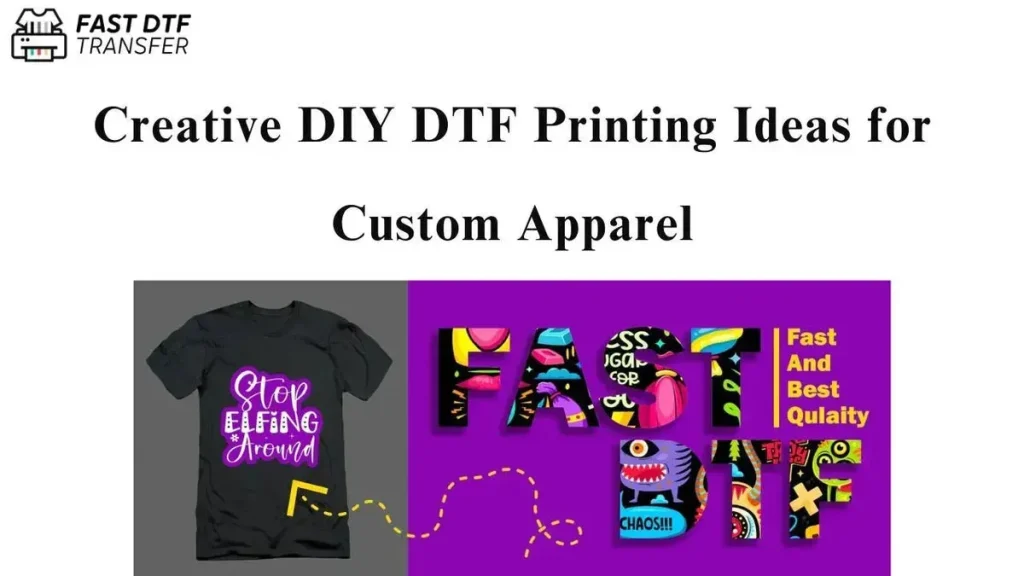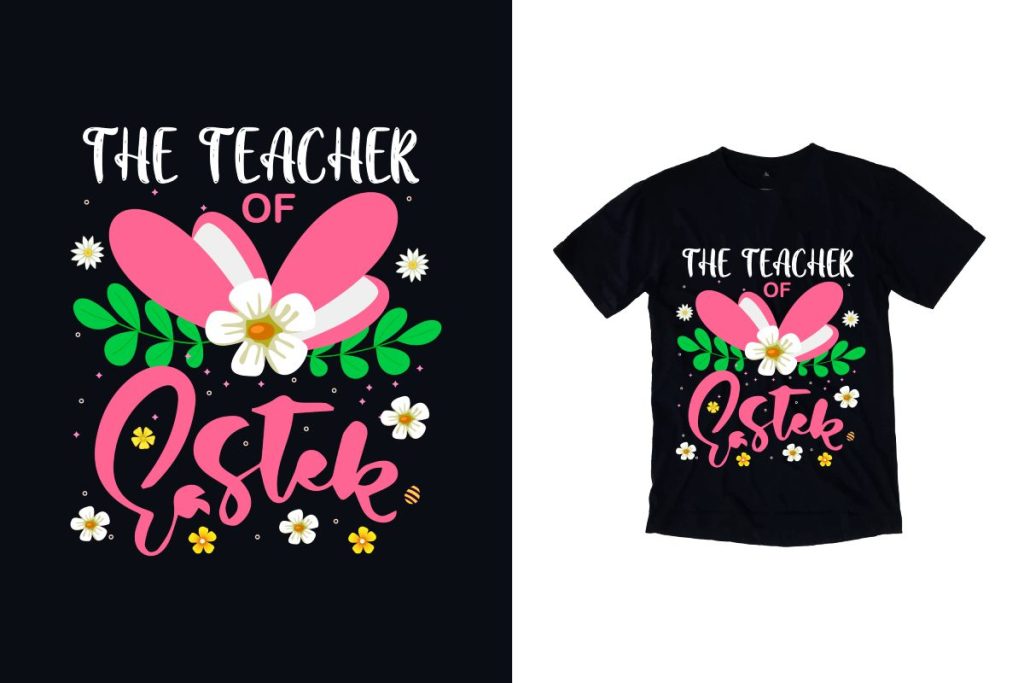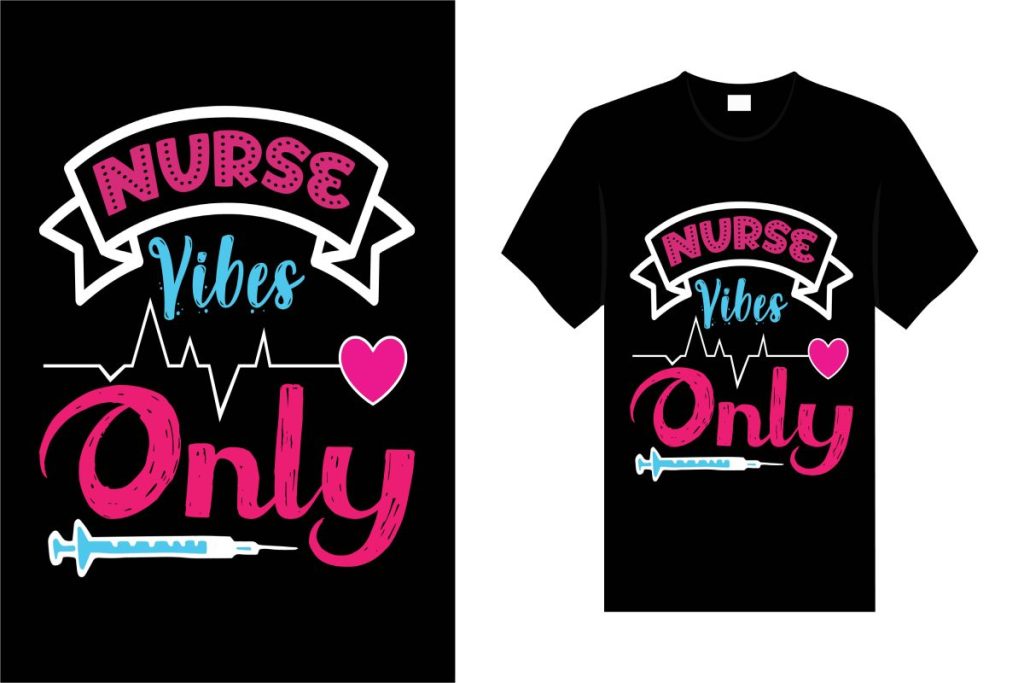DIY DTF printing has revolutionized the world of custom fabric designs, making it an accessible and exciting option for creators everywhere. By utilizing a DTF printer, specialized DTF inks, and the right transfer film, you can transform ordinary fabric into vibrant, personalized creations with ease. The process is simple yet effective, involving the application of adhesive powder followed by a heat press to ensure your design adheres perfectly to the fabric. As DIY DTF printing gains popularity among hobbyists and entrepreneurs, understanding the essential supplies will set you up for success. Join us as we explore all the must-have items for your DIY DTF printing journey!
Exploring the realm of direct-to-film printing, or DTF printing, opens a plethora of creative possibilities for enthusiasts and small business owners alike. This innovative printing technique leverages tools like an adapted inkjet printer, professional-grade inks, and specific transfer films to produce stunning graphics on various fabrics. By incorporating hot-melt adhesive powder and a reliable heat press, users can achieve professional-quality transfers with minimal investment. The trend towards customization and personalization in apparel is driving the popularity of this method, providing an opportunity for artists to closely align with their clients’ desires. In this article, we will delve into the essential materials and strategies you need to get started with your DTF printing projects.
Understanding the Basics of DTF Printing
At its core, Direct to Film (DTF) printing represents a groundbreaking approach to custom printing, diverging from traditional methods such as screen printing. This technique integrates digital technology with the printing process, allowing for intricate designs to be printed directly onto a special transfer film. Once the design is printed, it requires the application of adhesive powder, which necessitates interaction with heat press equipment to finalize the transfer onto fabric. Understanding this process is crucial for anyone venturing into DIY DTF printing, as it fundamentally alters the way creativity can be expressed through custom apparel.
The allure of DTF printing stems from its simplicity and effectiveness. With just a compatible DTF printer, DTF inks, transfer film, adhesive powder, and a heat press, you can produce vibrant, durable prints with minimal setup. No longer hindered by the complexities of traditional printing, individuals can embrace this refreshed method to bring their creative visions to life. The efficiency of DTF printing makes it particularly appealing for small businesses and hobbyists alike, enabling lower production costs without sacrificing quality.
Essential Supplies for Your DTF Printing Journey
To embark on your DTF printing adventure, gathering the essential supplies is the first step toward success. The foundation of your DIY setup will depend heavily on your choice of DTF printer. Many users gravitate towards modified inkjet printers, especially the Epson EcoTank series, due to their affordability and capability to handle DTF inks. However, it’s vital to ensure that the chosen printer is equipped to achieve high-resolution prints, as the quality of the end product greatly relies on the initial print quality.
Alongside the printer, DTF inks play a pivotal role in the overall printing process. These specialized inks are designed to work seamlessly with DTF transfer films and are crucial for achieving vibrant colors and durability in your designs. It’s recommended to invest in reputable brands, like InkOwl or Floriani, which are widely recognized for their reliability. In addition to inks, don’t forget to procure the correct transfer film and adhesive powder, as these directly influence the quality and longevity of your printed designs on fabric.
The Role of Heat Press in DTF Printing
A heat press is an indispensable tool in the DTF printing process, as it provides the necessary heat and pressure to ensure your design adheres effectively to the fabric. The precision of temperature control is critical in this step; most DTF transfers require a heat press temperature range of 320°F to 340°F (160°C to 170°C). When selecting a heat press machine, consider models that allow for adjustable pressure settings and even heating.
Utilizing a heat press not only contributes to the quality of the transfer but also enhances the longevity of your designs on various fabric types. The heat and adhesive powder work in tandem to form a strong bond, which is crucial for ensuring that the colors won’t fade or peel away quickly. Therefore, investing in a reliable heat press setup is essential for anyone serious about DIY DTF printing, as it can significantly influence the overall success of your fabric projects.
Choosing the Right Transfer Film for Your Designs
Selecting the appropriate transfer film is essential in the DTF printing process, as this specialized film determines how well the ink adheres and transfers to the fabric. The market offers a range of film options, typically categorized into clear and white films, catering to different fabric colors and designs. For instance, clear films are ideal for light fabrics, while white films perform optimally on dark materials, ensuring that the printed colors stand out vibrantly.
Each type of transfer film is coated to facilitate optimal ink adhesion, thereby impacting the final look and feel of the printed design. When starting your DIY DTF printing journey, experimenting with different brands and types of transfer films can help identify which yields the best results for your specific projects. Be mindful of how different fabric compositions interact with various films, as this knowledge can elevate your printing quality significantly.
Safety Measures in DTF Printing
Engaging in DTF printing involves the use of several chemicals and materials that could pose health risks without proper safety precautions. It is crucial to invest in protective equipment such as gloves, masks, and goggles when handling DTF inks and adhesive powders, as these substances can cause skin irritation or respiratory issues if inhaled. Understanding the safety requirements of these materials will not only protect you but also ensure a safer working environment.
Moreover, maintaining a well-ventilated workspace is essential to reduce the inhalation of fumes and to comfortably work with various DTF printing supplies. Taking breaks and being mindful of your body while working with chemicals will enhance your printing experience. Prioritizing safety in your DIY DTF printing process reflects a professional approach to your craft, allowing you to focus on creativity without compromising health.
Exploring Trends in DIY DTF Printing
The landscape of DIY DTF printing is continuously evolving, with emerging trends that impact both novice and experienced printers. Currently, there is an increasing preference for cost-effective solutions that allow individuals to enter the custom printing market without significant financial investment. This affordability in equipment and supplies makes DTF printing highly accessible, encouraging more hobbyists and entrepreneurs to explore their creative potential.
Additionally, the trend toward personalized items has led to the growth of suppliers specializing in DTF printing materials. As the market expands, more resources, tutorials, and community support have surfaced, allowing crafters of all levels to enhance their skills. The adaptability and versatility of DTF printing, usable on a myriad of fabrics, ensures its ongoing popularity as creative professionals seek innovative ways to express their individuality through custom designs.
Frequently Asked Questions
What supplies do I need for DIY DTF printing?
To get started with DIY DTF printing, you will need several essential supplies, including a DTF printer, DTF inks, transfer film, adhesive powder, a heat press, and graphic design software. These items will ensure a smooth printing process and high-quality results.
How does a DTF printer work in DIY DTF printing?
A DTF printer is specifically designed to print designs onto special transfer films using DTF inks. After printing, adhesive powder is applied, and the design is transferred to fabric using a heat press. This simple workflow allows for vibrant and durable prints.
What are DTF inks and why are they important for DIY DTF printing?
DTF inks are specially formulated inks used in DIY DTF printing to produce vivid colors and long-lasting results. These pigment-based or water-based inks bond well with the transfer film, ensuring good adhesion during the heat transfer process.
What types of transfer film are best for DIY DTF printing?
For DIY DTF printing, both clear and white transfer films are available. Clear films work best for light-colored fabrics, while white films are ideal for dark materials, allowing for optimal color visibility and design quality.
How does adhesive powder enhance the DIY DTF printing process?
Adhesive powder is sprinkles over the wet printed design on the transfer film and is heated to bond the design during the transfer process. It is crucial for ensuring the durability of the print, preventing issues like peeling or fading on garments.
What temperature should my heat press be set to for DIY DTF printing?
For most DIY DTF printing applications, set your heat press to a temperature between 320°F to 340°F (160°C to 170°C). This temperature range is ideal to ensure a proper transfer from the film to the fabric.
| Essential Supplies | Description |
|---|---|
| DTF Printer | A modified inkjet printer, such as the Epson EcoTank, known for affordability and high resolution. |
| DTF Inks | Specialized pigment or water-based inks for vibrant, durable prints. |
| Transfer Film | Films with special coatings for effective ink adhesion; clear for light fabrics, white for dark. |
| Adhesive Powder | Hot-melt powder used to bond ink to film; crucial for a successful transfer. |
| Heat Press | Machine that applies heat and pressure for transferring designs, usually set at 320°F to 340°F. |
| Protective Equipment | Gloves and masks to ensure safety while handling inks and powders. |
| Graphic Design Software | Software like Adobe Illustrator or CorelDRAW for creating and preparing designs. |
Summary
DIY DTF printing is an accessible and rewarding way to create custom designs on fabric. To successfully embark on this creative journey, you must gather essential supplies such as a suitable DTF printer, high-quality inks, specific transfer films, adhesive powder, and a reliable heat press. Moreover, safety equipment and graphic design software are also crucial for ensuring a smooth printing process. The growing interest and affordability of DTF printing allow enthusiasts and professionals alike to explore their artistic visions while ensuring vibrant and durable results. Embracing these supplies and tips can significantly enhance your DIY DTF printing experience.



